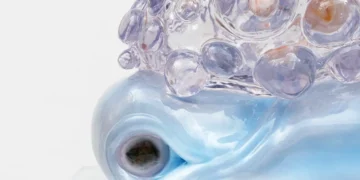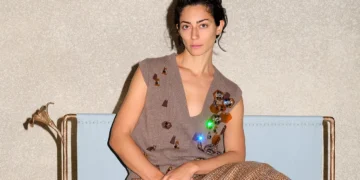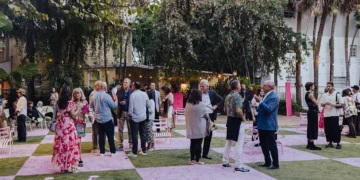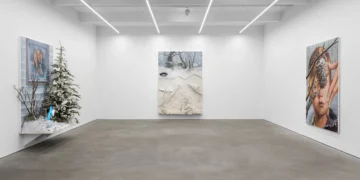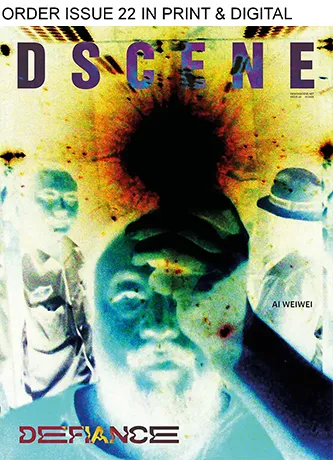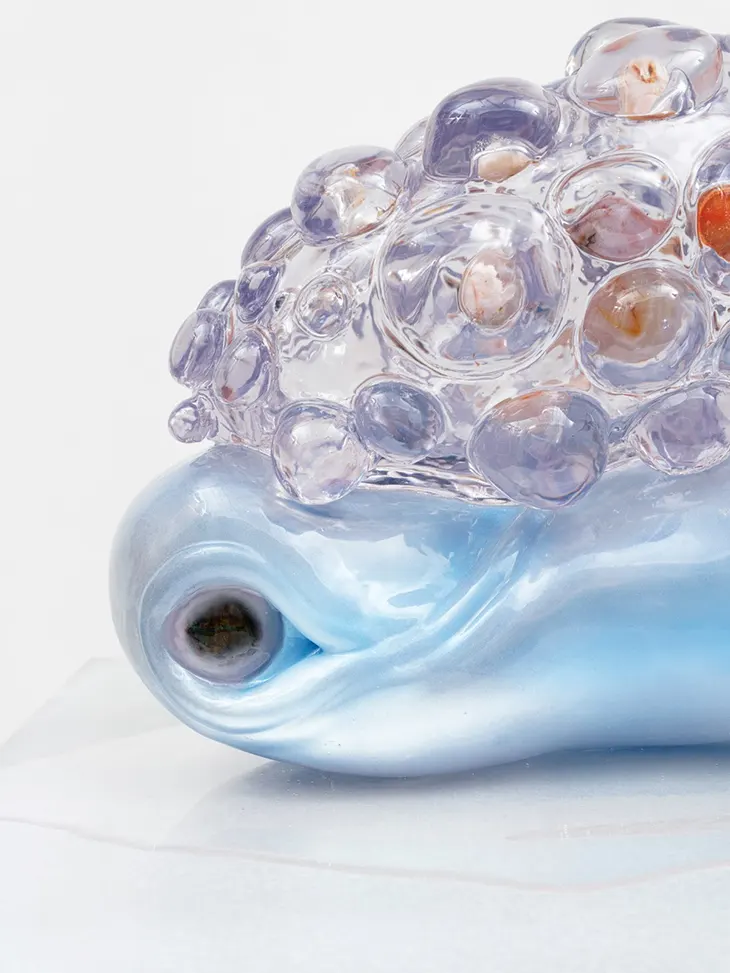
Berlin’s Kraupa-Tuskany Zeidler will present Katja Novitskova’s fourth solo exhibition with the gallery, titled “Mirror Life,” running from June 13 to July 26, 2025, with an opening reception on June 12 from 6 to 9 pm. Known for her conceptually dense and visually arresting work, Novitskova delves into speculative territory where synthetic biology and parallel evolution converge in imagined life forms.
ART
The title Mirror Life refers to a hypothetical biological system built on molecular structures that are mirror reflections of those found in all known life. As Novitskova proposes, this alternate biochemistry would result in an ecosystem with its own rules, a world of “reflected food, produced by reflected plants,” teetering on the edges of science fiction and synthetic realism. Through sculptural and digital forms, Novitskova renders these organisms as speculative entities, calling into question the visual and epistemological frameworks we use to define life.
Novitskova, who lives and works in Amsterdam, uses the language of scientific modeling, morphogenesis, and technological imaging to expose the failures and seductions of data-driven views of nature. Her ongoing interest lies in the visual translation of biological life, not as documentation, but as material for mutation. Images of nature become blueprints for something else, part cyborg, part myth.
The exhibition builds on her broader practice, which investigates the intersection of art, science, and digital representation. Here, primitive life forms, feral organisms, and genetically engineered abstractions hint at both possible futures and latent fears. What would a mirror life see when it looks back? What happens when our tools of depiction begin to simulate what hasn’t yet evolved?
Novitskova’s work has been shown widely in recent years, with solo presentations at the Stedelijk Museum Amsterdam and Museum für Gegenwartskunst Siegen, as well as major appearances at the 15th Gwangju Biennale, Belgrade Biennale, and MUDAM Luxembourg. Her installations often blur the boundary between scientific model and sculptural presence, creating unsettling loops between information, image, and materiality.
“Mirror Life”continues that inquiry, pointing toward the synthetic possibilities of future life, while probing the systems we already use to imagine, control, and recreate it.
